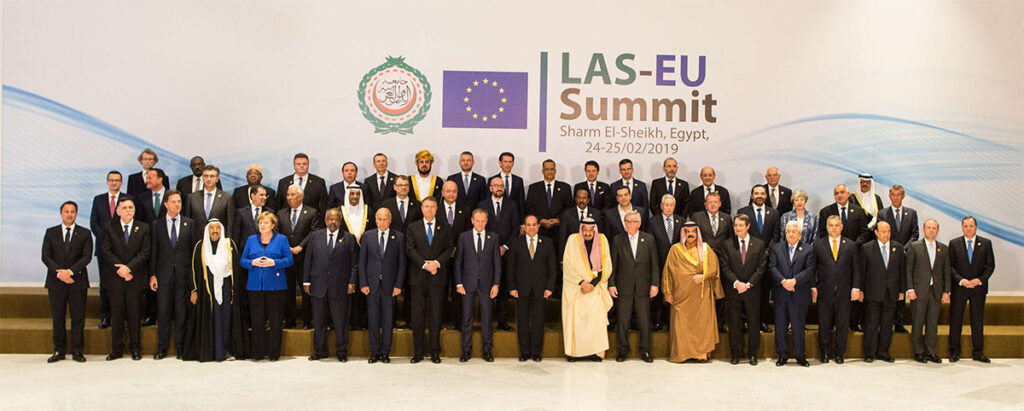By Mustafa Mahmoud, Egypt.

The Internet made our job as journalists easier, but good things come with a price. Remember back in the day with the rise of the Internet, we thought the easy access to knowledge would make a positive change, but it also came with a pricey byproduct.
We are flooded everyday with dozens of pieces of fake news that we find ourselves needing to verify. Let alone taking such a decision, because if we verify everything, we will rot in this labyrinth before we are able to accomplish anything. Verification in many cases is a long and tedious process.
If a fake photo or video hasn’t gone viral yet, or doesn’t have a worthy impact, it is wise to ignore it. Debunking can breathe life into the junk you find online, and can jeopardize amplifying it and help it reach a wider audience.
So, recently a video has been plastered all over news feeds in Egypt, titled: “ElSisi [Egypt’s president] loses his temper with Macron [France’s president] and gives him a very hard-learnt lesson.” The way the title is written raises suspicions. It invokes heavy emotions.
Many Muslims are furious with Paris’ reaction over the offensive cartoons of Prophet Muhamad peace be upon Him. And the video is presented as if AbdulFatah ElSisi is rebuking Emmanuel Macron.
I believe verifying this video is important for two reasons: It already went viral, that’s one. The second is Egypt has very good relations with France, and is an important military purchases client for Paris. Is it possible that ElSisi is roasting his French counterpart?
The video seems to be about a summit. So by just a quick look at the video to see what’s written on the podium. It is the first Arab-EU summit that was held back on 24 and 25 of February 2019. It is written in plain sight. However, Macron didn’t show up in the final group photo, while ElSisi is actually grilling someone. So who is this person?
In the final two minutes of the video of the presser that followed the summit, it turns out to be ElSisi’s reply to someone, and by rewinding around 10 minutes, this person is none but a colleague -Deutsche Presse-Agentur’s reporter Ansgar Hause- who told ElSisi that Europe wasn’t happy about human rights in Egypt.
I didn’t use any special tool to verify the video, save for common sense. It took me an hour though. Here are some points you should consider when verifying online visual content.
1. Provenance: Where has the photo/video been uploaded first? Just because you see the video on Youtube doesn’t mean it is first uploaded there, nor that it is the first instance. Try searching for the video ID (the code after “=” in the video’s link).
In my case, the provenance I believe is Facebook, although the oldest instance I found is deleted or hidden, but it still shows up in Google search results.
2. Source: Who did upload the photo/video? Be aware that the uploader in some cases is not the person who holds the copyright of the photo/video.
Here, it seems an Internet troll, with a heavy political leaning towards Egypt’s president.
3. Date & Time: When has the photo/video been uploaded?
It was a year earlier in this case.
4. Geolocation: Where is the photo/video claimed to be?
It is Correct: Egypt’s Red Sea resort of Sharm ElSheikh.
5. Purpose: Why is the photo/video created?
Here, to me it is clear political propaganda, also from the logo that is placed over the video.
But other people also appear to post it just to gain popularity and to attract followers, like this one. These kinds of posts, with a heavy political language, work like a magnet of shares and comments.
Skim through other posts on their accounts, and use your common sense or look for clues to find any common pattern. For example, they could be bots, or ordinary people who took the bait.
Mustafa Mahmoud is an Egyptian senior editor and translator covering world geopolitics, with special interest in the United States.
— — — — —
This blog entry was created in the RNTC course ‘Producing Media to Counter Disinformation’. You can also sign up for this course! Click here!